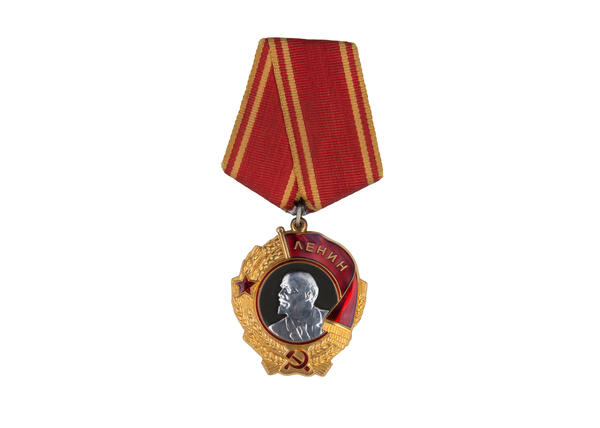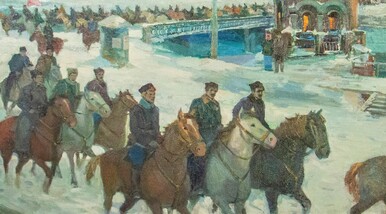The agro-industrial complex of the Omsk region has been one of the largest in the east of the country for a long time. The leading branches of agriculture in the region are horticulture (here wheat, rye, barley, and oat are planted), as well as milk and meat animal, poultry, and pig breeding. By the 1950-s, agriculture in the region had reached pre-war levels. The development of virgin and fallow lands resulted in more than one million hectares of new territories in economic turnover. It allowed for increased grain harvesting and purchasing.
In 1954, the regional collective farms delivered to the state one and a half times more grain than in the previous year. Though some periods harvests were poor, the average annual gross grain output in 1954一1960 almost doubled, compared with the previous five-year period. The largest grain harvest in the Omsk region was in 1956 一 more than three million tons. In the 1950-s, 11 new state farms were built in the region. Many of those who came here to develop virgin land stayed to live and work in the region.
The Presidium of the Supreme Soviet awarded Omsk region with the Order of Lenin for outstanding achievement in the development of virgin and fallow lands, successes in increasing grain production, and the successful fulfillment of obligations to deliver the state 110 million poods (1,801.8 million kilograms) of grain in 1956 by decree of October 23, 1956.
The Order of Lenin was the highest USSR award for outstanding achievements in the revolutionary movement, labor, protection of the socialist homeland, promotion of friendship and cooperation between peoples, and strengthening peace. The Order of Lenin was used to award both citizens and enterprises, associations, companies, military units, military ships, as well as regions, districts, cities, and other settlements. Foreign citizens and companies could also receive the Order of Lenin.
Ivan Shadr and Pyotr Tayozhny created the model of the Order. The first samples were made in 1930 at the Goznak factory. Medalist Aleksey Pugachev engraved the stamp for the test model of the Order.
In 1954, the regional collective farms delivered to the state one and a half times more grain than in the previous year. Though some periods harvests were poor, the average annual gross grain output in 1954一1960 almost doubled, compared with the previous five-year period. The largest grain harvest in the Omsk region was in 1956 一 more than three million tons. In the 1950-s, 11 new state farms were built in the region. Many of those who came here to develop virgin land stayed to live and work in the region.
The Presidium of the Supreme Soviet awarded Omsk region with the Order of Lenin for outstanding achievement in the development of virgin and fallow lands, successes in increasing grain production, and the successful fulfillment of obligations to deliver the state 110 million poods (1,801.8 million kilograms) of grain in 1956 by decree of October 23, 1956.
The Order of Lenin was the highest USSR award for outstanding achievements in the revolutionary movement, labor, protection of the socialist homeland, promotion of friendship and cooperation between peoples, and strengthening peace. The Order of Lenin was used to award both citizens and enterprises, associations, companies, military units, military ships, as well as regions, districts, cities, and other settlements. Foreign citizens and companies could also receive the Order of Lenin.
Ivan Shadr and Pyotr Tayozhny created the model of the Order. The first samples were made in 1930 at the Goznak factory. Medalist Aleksey Pugachev engraved the stamp for the test model of the Order.



